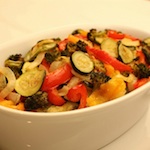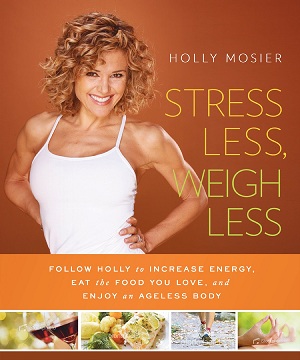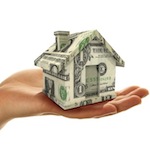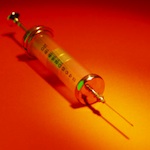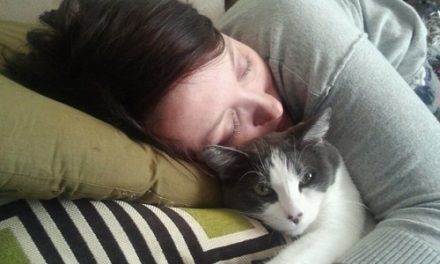A new study out of Boston Children’s Hospital confirmed what I have long suspected: All calories are not created equal. Calories from certain types of foods promote weight gain, while calories from other types of foods support weight loss. Oh yeah, I am loving this! Let me tell you why, and how we can easily take advantage of this.
Here’s how it works: There is no magic bullet. You must burn more calories than you take in each day to lose weight. But the source of the calories makes a difference in how many calories you burn per day.
The study’s researchers formed three test groups. Each group was given a different diet. One group was assigned a high-protein diet modeled on the Atkins diet. A second group was given a traditional low-fat diet. The last group was given a low-glycemic diet, focusing on lower-starch and lower-sugar foods.
The results? The Atkins-type diet group burned 300 calories per day more than those who consumed a traditional low-fat diet. In the middle of these two is the low-glycemic dieters, who burned about 125 more calories per day than the low-fat dieters.
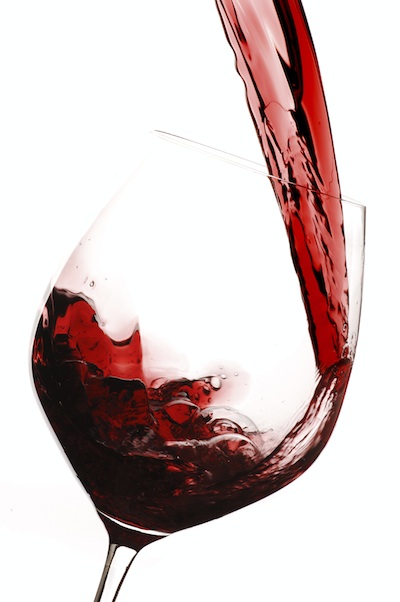 Though, before you jump on the Atkins diet, consider this: Although the high-protein group burned the most calories, they also had an increase of stress hormones and inflammation markers. And have you tried Atkins? I did years ago and it is a miserable way to live. All carb-ridden goodies are omitted, from wine to chips to frozen yogurt. Anything with significant carbs is verboten. That means deprivation, and deprivation means one thing: it is only a matter of time before we go for the muffins.
Though, before you jump on the Atkins diet, consider this: Although the high-protein group burned the most calories, they also had an increase of stress hormones and inflammation markers. And have you tried Atkins? I did years ago and it is a miserable way to live. All carb-ridden goodies are omitted, from wine to chips to frozen yogurt. Anything with significant carbs is verboten. That means deprivation, and deprivation means one thing: it is only a matter of time before we go for the muffins.
The low-glycemic plan is healthy, and it is the way I have eaten for the past six years (and part of what I teach in my book, Stress Less, Weigh Less). The focus is on fresh, non-processed foods that help keep blood sugar levels steady: non-starchy fruits and veggies, whole grains, low-fat dairy and lean proteins. It allows for a higher-glycemic glass of wine, or some chips, or an occasional cupcake here and there. Essentially, you minimize the “white” foods: white bread, rice, pastas, cakes, cookies; all those highly-processed carbs that spike your blood sugar and cause that “crash and burn” syndrome we are all familiar with.
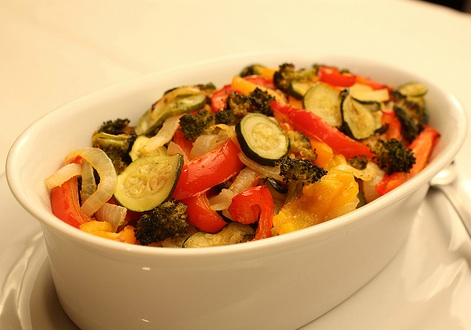 With the low-glycemic approach, you burn more calories at rest than a low-fat diet, but you don’t have to give up all the foods that make life fun, like you do on the high-protein Atkins-type diet. Enjoying all types of foods in an intelligent way means you won’t feel deprived, and you’ll be happy to eat this way the rest of your life. That takes you off the diet rollercoaster for good. And, there are still more benefits: the low-glycemic diet is a very healthy diet. It promotes reduction in inflammation and stress hormones, and it also supports heart health.
With the low-glycemic approach, you burn more calories at rest than a low-fat diet, but you don’t have to give up all the foods that make life fun, like you do on the high-protein Atkins-type diet. Enjoying all types of foods in an intelligent way means you won’t feel deprived, and you’ll be happy to eat this way the rest of your life. That takes you off the diet rollercoaster for good. And, there are still more benefits: the low-glycemic diet is a very healthy diet. It promotes reduction in inflammation and stress hormones, and it also supports heart health.
But the best part about it? It’s easy, and you feel terrific, energetic and vital!

